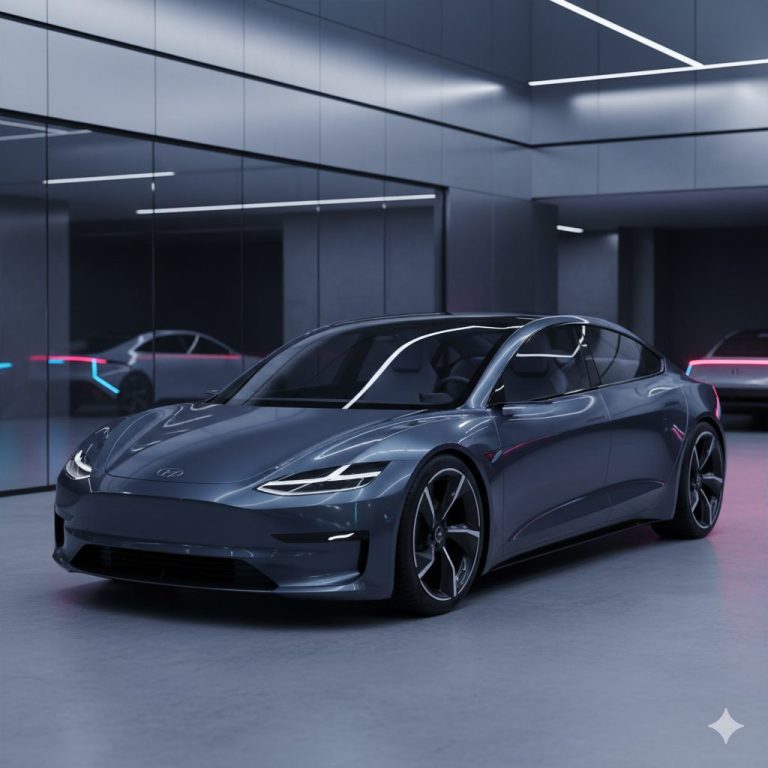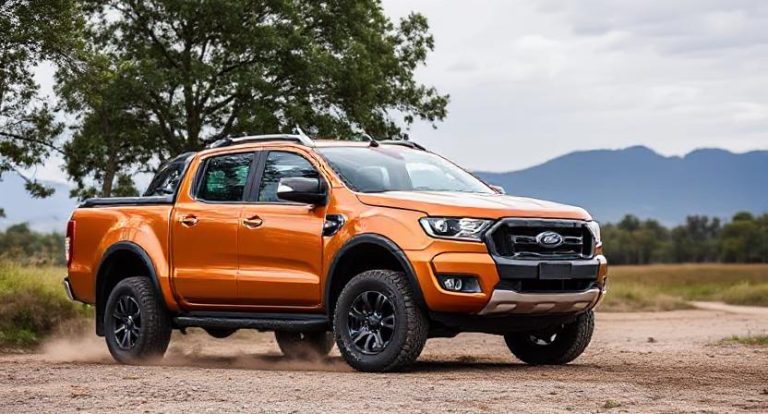Nissan Ariya Discontinued Starting with the 2026 Model Year
Nissan has decided to drop the Ariya electric SUV from its U.S. lineup starting with the 2026 model year. Although current inventory will still be available at dealers, there are no plans to resume new production in the U.S. Nissan says changing market conditions, policy shifts, and cost pressures made keeping the Ariya less viable, especially as it pivots toward more affordable EV options.
1. Why Nissan Is Pulling the Plug
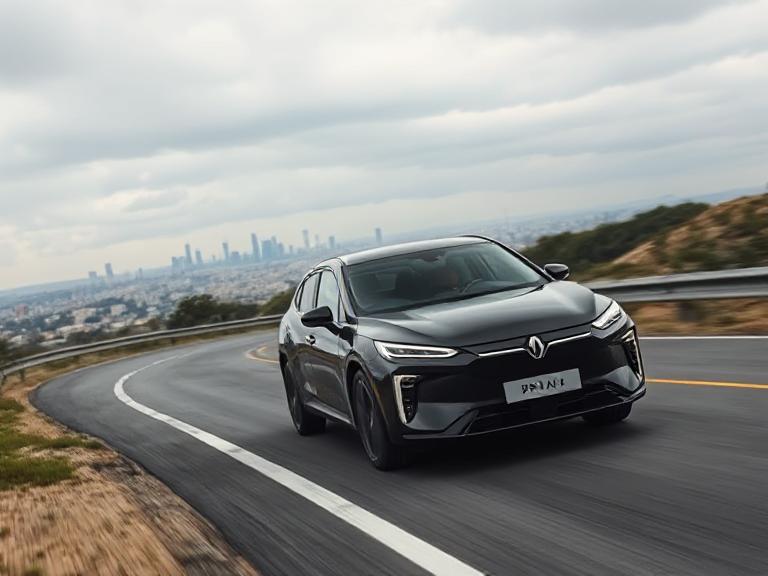
The decision comes in light of rising competition in the electric vehicle market, new import tariffs, and the loss of certain federal EV incentives. Nissan wants to refocus its resources toward launching a lower-cost EV, specifically the next generation of the Leaf, which is expected to start below $30,000.
2. What Happens to Existing Ariya Owners and Dealers

Owners and dealers with existing Ariya models will still receive support—service, parts, warranty coverage remain in place. Dealers can still sell the remaining inventory of Ariyas, but no new units will be made for the U.S. market starting 2026.
3. Price Realities and Market Pressures
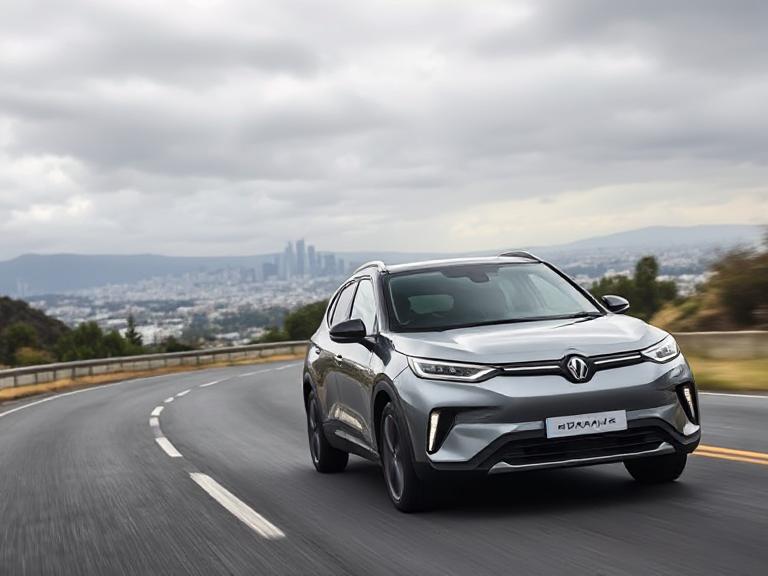
The Ariya’s starting price was around $41,265 for the 2025 model. With tariffs on imports and the fading of certain EV tax credits, maintaining profitability was becoming harder. Removing the Ariya helps Nissan avoid further cost exposure under these conditions.
4. The U.S. EV Incentive Landscape Change
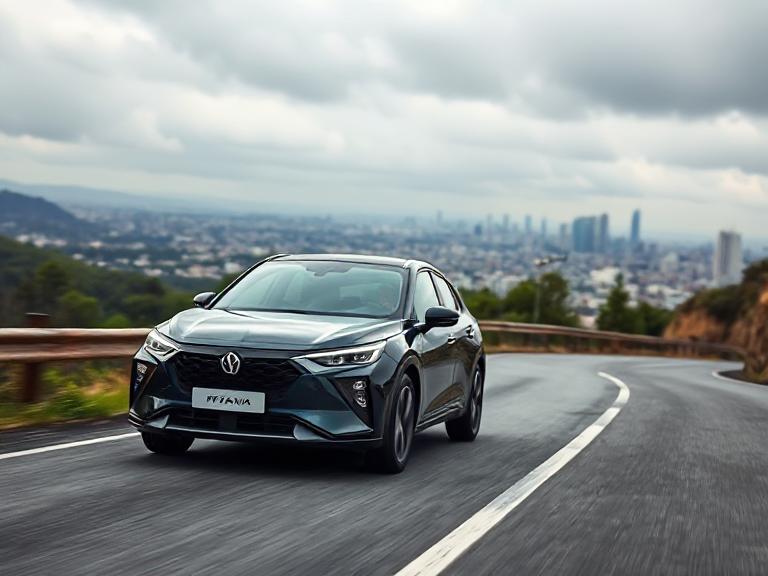
EV tax credits are shifting, and some of the Ariya’s eligibility for these credits is expected to be lost. Such policy changes reduce consumer incentives, making higher-priced EVs less attractive compared to more affordable options.
5. Tariffs & Import Costs Impact
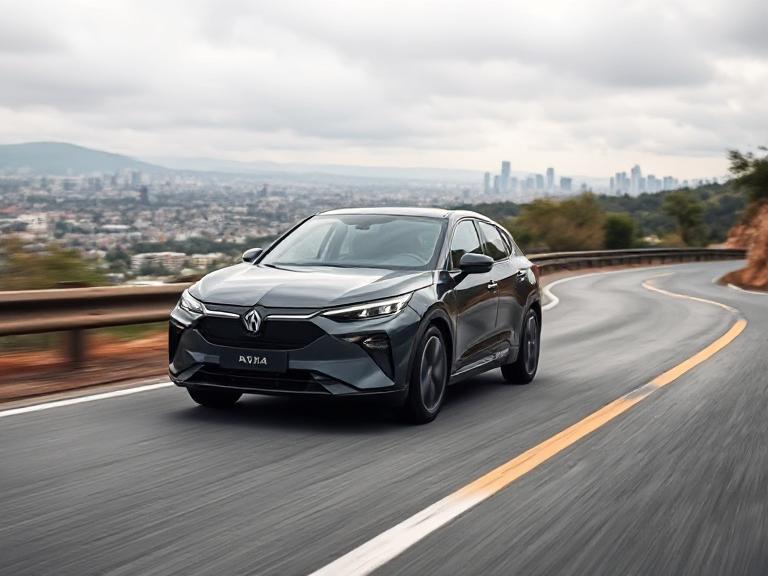
The Ariya is produced in Japan, which means it is subject to import tariffs—specifically a 15 percent tariff under current policies. That added cost factor makes imported EVs more expensive in the U.S., squeezing margins and consumer competitiveness.
6. Shift to More Affordable EVs
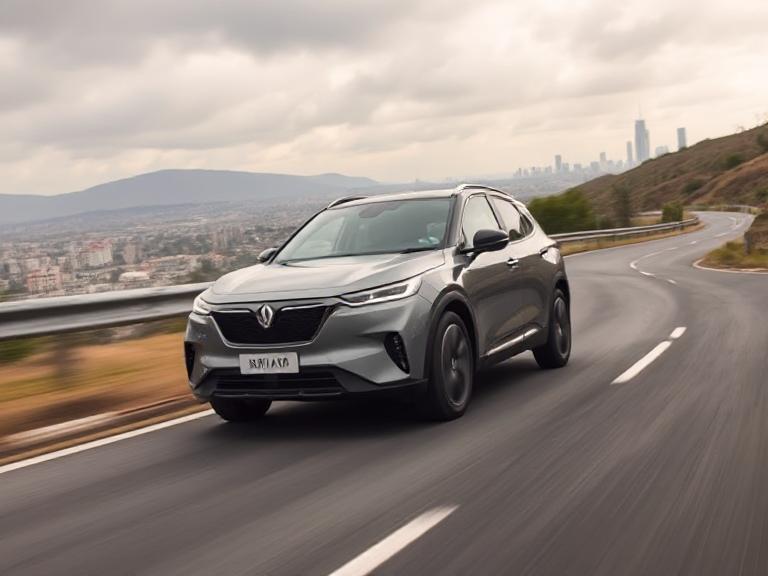
Nissan is turning its attention to the Leaf as its primary low-cost EV offering. The plan is to launch a new Leaf that undercuts the Ariya’s price significantly, making EVs more accessible to a broader buyer base.
7. Sales Trends vs Business Realities
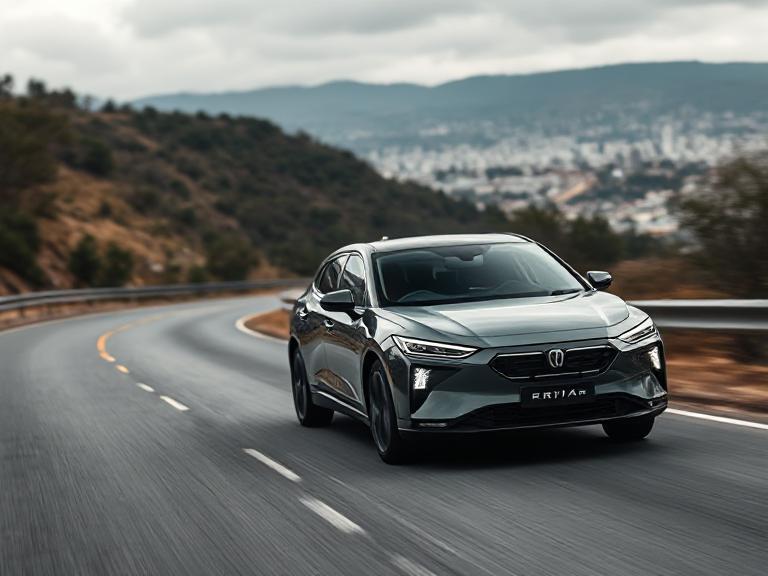
Even though Ariya sales had seen a modest increase year over year, that was not enough to offset the structural cost challenges. Nissan concluded that future profitability and business strategy required putting effort into models with less cost drag and more consumer appeal in the lower price bracket.
8. Leadership & Strategic Moves
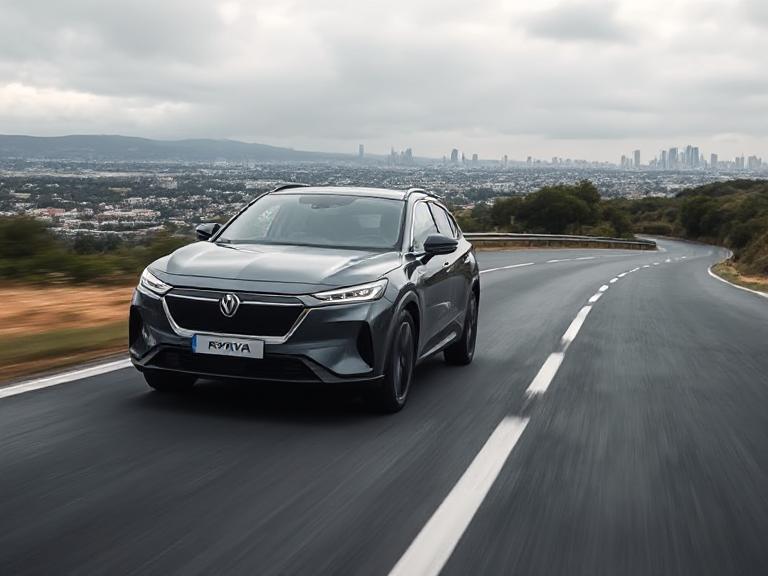
The move to cancel the Ariya in the U.S. comes amidst changes in Nissan’s U.S. leadership. Alongside resource reallocation, corporate direction is shifting to focus on volume, affordability, and strategic positioning in the cutthroat EV market.
9. What It Means for Nissan’s EV Roadmap
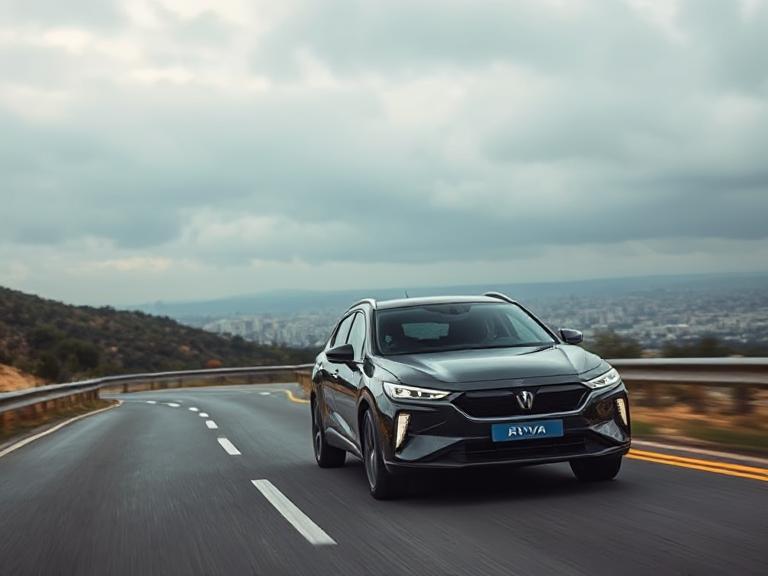
Dropping the Ariya frees up resources not just in production but also in R&D, supply chain, and marketing. These can be redirected toward the development and launch of more cost-efficient EVs, and likely toward models with higher sales potential under tighter margin constraints.
10. Implications for Buyers & the Market
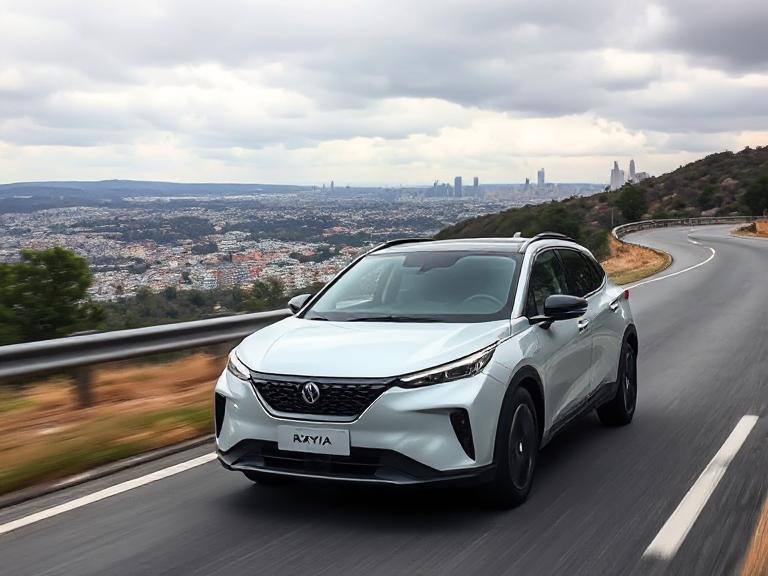
For buyers, this means fewer EV choices at the middle-to-upper end of the market from Nissan. For the broader market, it highlights how sensitive EV strategy is to changing government policy, trade regulations, incentives, and consumer price sensitivity. It also may influence other automakers considering whether to continue selling higher-cost EVs in markets with uncertain incentives.




